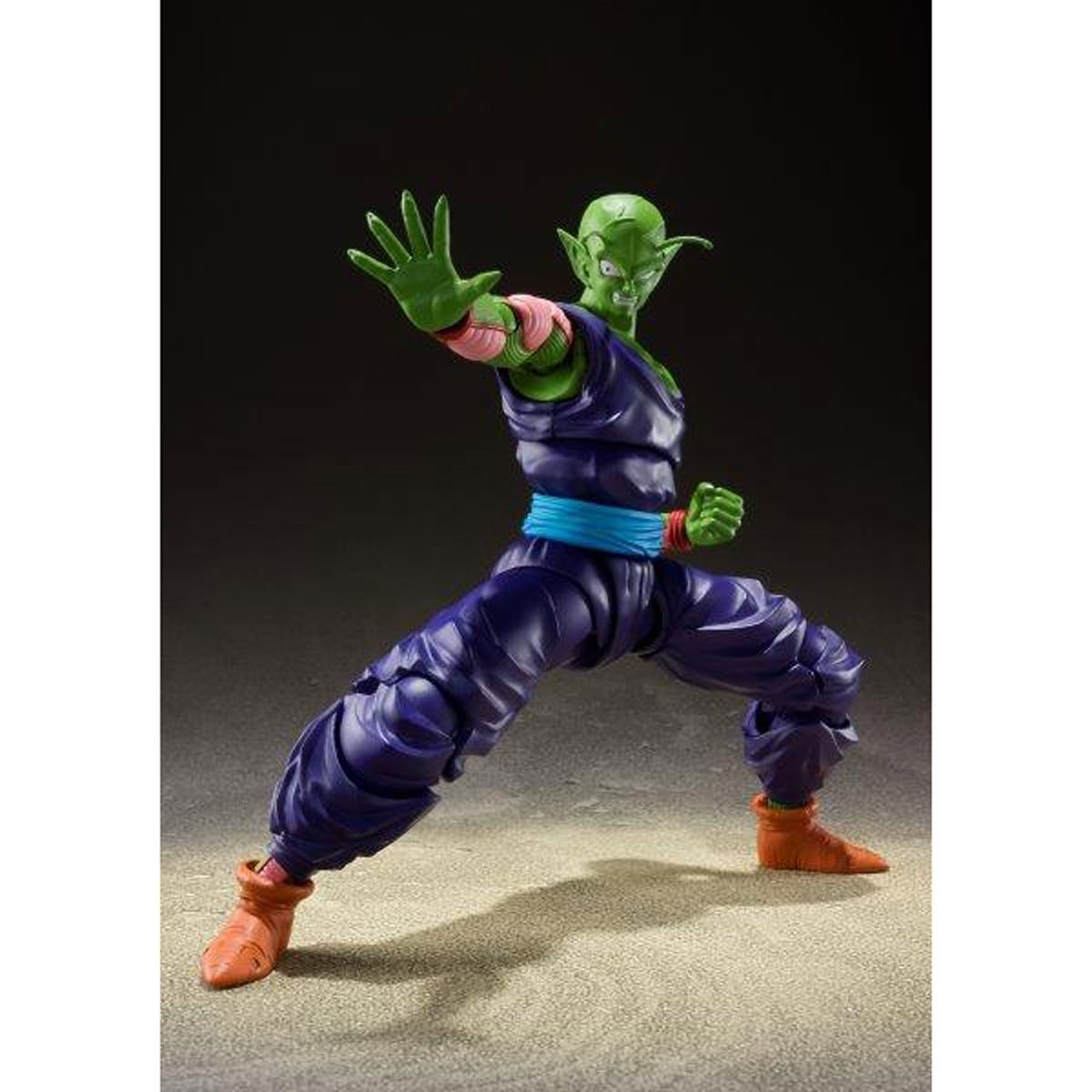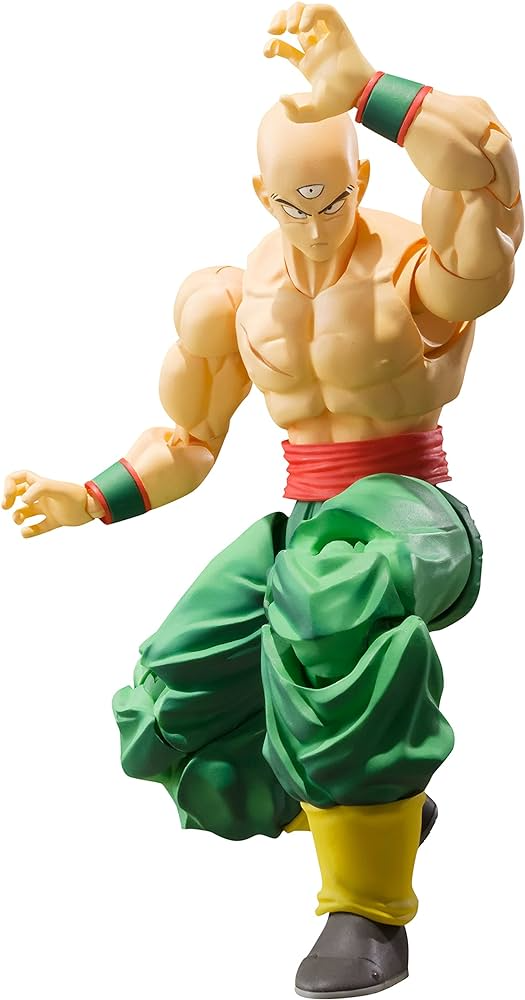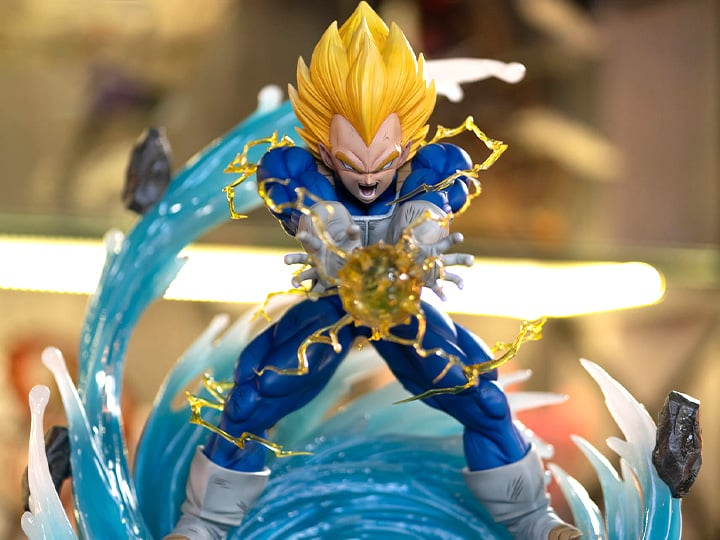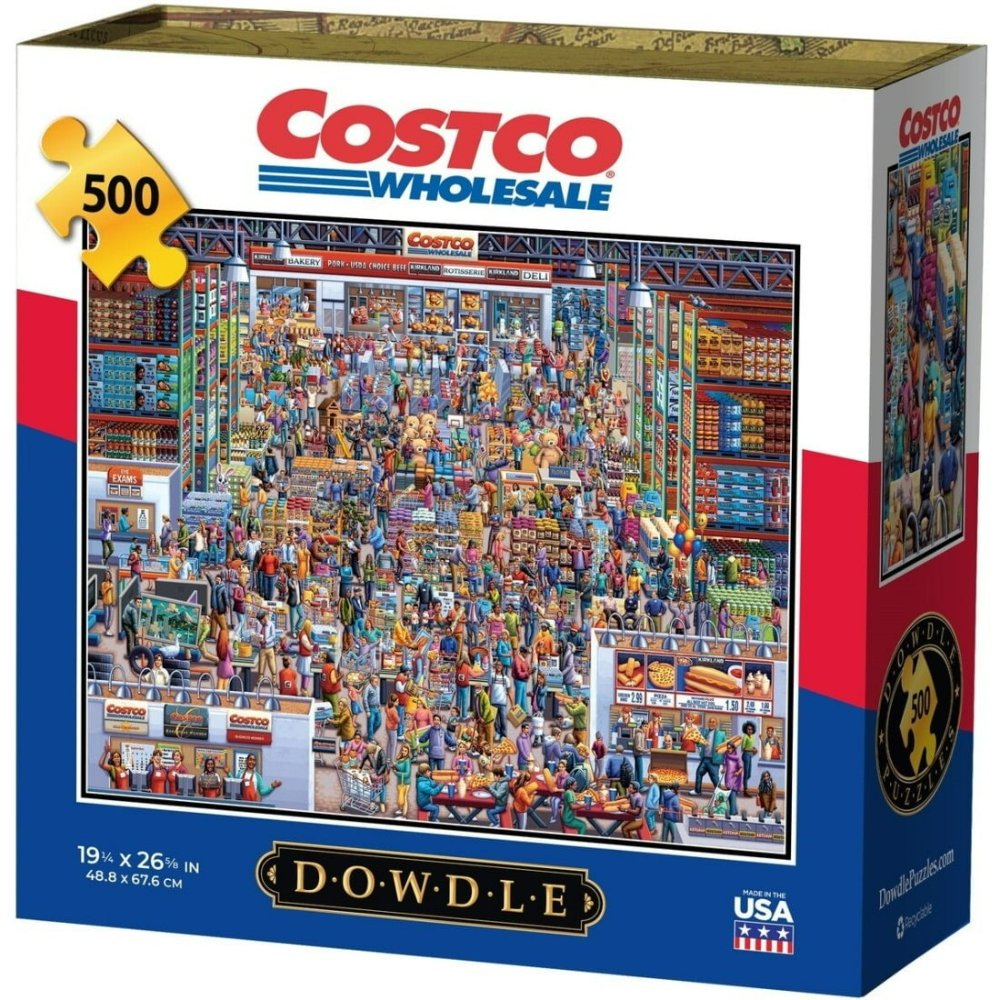Dragon Ball, the iconic anime and manga series created by Akira Toriyama, has captivated audiences worldwide since its debut in 1984. With its thrilling battles, intricate character development, and a universe that spans multiple generations, it’s no wonder that Dragon Ball action figures have become highly sought-after collectibles among fans and collectors alike. These miniature representations of beloved characters not only bring the dynamic world of Dragon Ball to life but also serve as tangible links to the franchise’s rich history and cultural impact.
The Evolution of Dragon Ball Action Figures
The Dragon Ball series, created by Akira Toriyama, has been a cornerstone of pop culture since its manga debut in 1984 and the subsequent anime adaptation in 1986. As the franchise grew in popularity, so did the demand for merchandise, particularly action figures, which have evolved significantly over the years. Here’s a look at the evolution of Dragon Ball action figures:
1. Early Days (Late 1980s – Early 1990s)
In the early days of Dragon Ball, action figures were relatively simple with limited articulation and basic paint applications. Companies like Bandai produced the first wave of figures, often featuring characters in their iconic poses rather than being highly poseable. These early figures captured the essence of the characters but lacked the detail and complexity that would come later.
2. Dragon Ball Z Era (Mid-1990s – Early 2000s)
With the shift to Dragon Ball Z, the action figure market exploded. Bandai’s “Dragon Ball Z” figure line introduced more advanced sculpts, better paint jobs, and increased points of articulation, allowing fans to recreate scenes from the show. Notably, the “Irwin Toy” line in North America and the “Dragon Ball Z” Action Figure Series in Japan were popular among collectors. This period also saw the introduction of larger scale figures and deluxe sets featuring accessories and transformation capabilities.
3. The Irwin Toy Era (Late 1990s – Early 2000s)
Irwin Toy held the license for Dragon Ball Z figures in North America during this time, producing a range of figures that included both standard releases and exclusive variants. These figures were known for their vibrant colors and dynamic poses, further fueling the collecting frenzy. However, Irwin Toy’s bankruptcy in 2005 marked the end of an era.
4. The Resurgence with Bandai (Mid-2000s Onward)
Bandai reclaimed the global licensing rights and began releasing new lines under various sub-brands such as “Dragon Ball Z Figuarts,” “Dragon Ball GT,” and later “Dragon Ball Super.” These figures boasted exceptional detail, high-quality materials, and an incredible range of motion, catering to both children and adult collectors. The S.H. Figuarts line, in particular, became renowned for its precise sculpting and extensive articulation, making it a favorite among collectors.
5. The Innovation of SHFiguarts and Beyond
Starting around 2010, Bandai’s S.H. Figuarts line revolutionized the Dragon Ball action figure scene with its focus on accuracy, posability, and premium feel. These figures featured intricate detailing, interchangeable parts, and facial expressions, allowing for unparalleled customization. Additionally, the introduction of effect parts to simulate energy blasts and other battle effects added another layer of excitement to displays.
6. Expansion into Premium and Exclusive Lines
As the franchise continued to grow, so did the variety of action figure offerings. Premium lines like “Tamashii Nations’ Dragon Ball Ultra Instinct” and “Dragon Stars” catered to high-end collectors with exquisite detailing and build quality. Limited edition and exclusive figures, often sold through specific retailers or events, also became highly sought after, driving collector enthusiasm.
7. The Future: Technology Integration and Continual Improvement
Looking forward, Dragon Ball action figures are likely to incorporate even more advanced technology, such as augmented reality features, to enhance the interactive experience. The focus on environmental awareness and sustainability may also influence packaging and material choices. With Dragon Ball content continually being produced, the evolution of its action figures will undoubtedly continue to captivate fans and collectors worldwide.
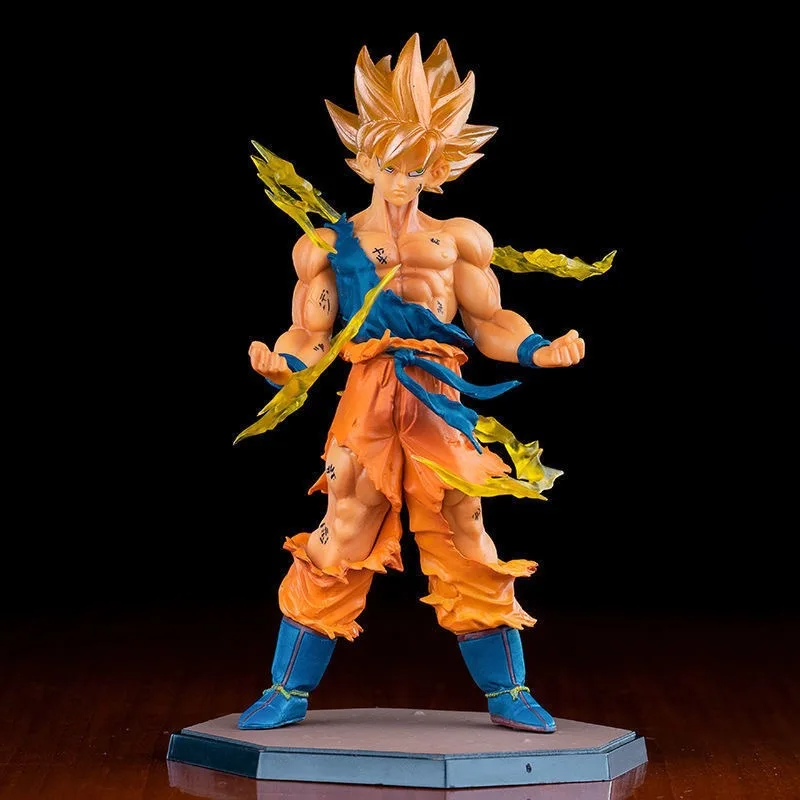
Overall, the evolution of Dragon Ball action figures mirrors the growth and adaptation of the franchise itself, reflecting advancements in toy manufacturing and the increasing sophistication of the fanbase. From simple beginnings to intricately designed collectibles, these figures remain a tangible way for enthusiasts to connect with the beloved characters and universe of Dragon Ball.
Popular Collections and Rarities
Bandai’s SH Figuarts and S.H. MonsterArts Lines
Bandai’s SH Figuarts line has garnered a cult following among Dragon Ball enthusiasts for its meticulous attention to detail and extensive articulation. These premium figures, often released in conjunction with major story arcs or anniversaries, offer collectors the ability to pose characters in mid-fight stances, complete with energy blast effects and alternate facial expressions. The S.H. MonsterArts line, although primarily focused on giant monsters, occasionally dips into the Dragon Ball universe with colossal figures, such as the towering Great Ape forms, catering to collectors with a taste for grandeur.
Irwin Toy and Its Legacy
Before Bandai dominated the market, Irwin Toy held the North American license for Dragon Ball toys in the late 1990s and early 2000s. Although the company eventually ceased production, its line of Dragon Ball Z action figures remains a nostalgic favorite for many fans who grew up during this era. Certain figures, particularly those with errors or limited releases, have become rare collectibles fetching high prices on the secondary market.
The Collecting Experience: Why Fans Love Dragon Ball Action Figures
Emotional Connection and Nostalgia
For many enthusiasts, collecting Dragon Ball action figures is more than just amassing a display; it’s about connecting with the stories and characters that have inspired them throughout their lives. Each figure represents a piece of their childhood, triggering memories of Saturday morning cartoon marathons or the thrill of discovering new manga chapters. This emotional attachment fosters a deep sense of nostalgia and belonging within the fan community.
Artistic Appreciation and Display
Action figures, especially those with intricate designs and high-quality finishes, are often seen as miniature works of art by collectors. Many enthusiasts invest in custom dioramas or display cases to showcase their collections, transforming their personal spaces into galleries honoring the Dragon Ball universe. The creative process involved in arranging and photographing these displays adds another layer of enjoyment to the hobby.
Investment Potential and Community Engagement
Beyond personal satisfaction, Dragon Ball action figures can also hold significant financial value, particularly limited edition or vintage pieces. As with any collectible, rarity and condition play crucial roles in determining worth. Engaging in the collector’s market, whether through online forums, conventions, or social media groups, not only provides opportunities for acquiring rare finds but also fosters a sense of camaraderie among fans who share a common passion.
Conclusion
Dragon Ball action figures stand as a testament to the enduring legacy of a franchise that has transcended generations and cultural boundaries. From their humble beginnings to the technologically advanced marvels of today, these toys have evolved alongside the series, mirroring its growth and continued relevance. For fans, each addition to their collection represents a cherished memory, a connection to the fantastical world of Dragon Ball, and sometimes, a smart investment. As the legend of Goku and his friends continues to unfold, so too will the world of Dragon Ball action figures, ensuring that the spirit of adventure and the thrill of collecting remain alive and well.

